In the realm of fungi, a captivating and visually striking member emerges – the purple mushroom. With its regal hue and mysterious allure, this unique fungus adds a touch of enchantment to the forest floor. Join us on a journey as we delve into the fascinating world of these violet-hued wonders and uncover the secrets that lie beneath their majestic caps.
The Aesthetics of Amethyst:
Purple mushrooms, often adorned in shades ranging from deep violet to soft lavender, stand out against the earthy backdrop of the forest. Their vibrant coloration adds a touch of magic to the natural surroundings, capturing the attention of keen-eyed observers. The ethereal beauty of these fungi transforms the forest floor into a whimsical tapestry.
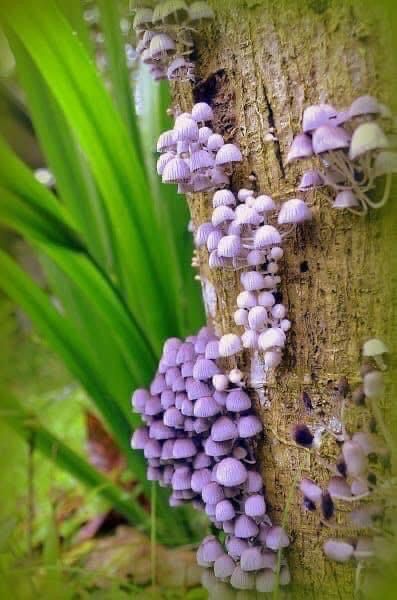
Varieties and Species:
The world of purple mushrooms is diverse, with various species displaying shades of purple in different forms and patterns. From the iconic amethyst deceiver (Laccaria amethystina) to the edible blewit (Clitocybe nuda) and the aromatic lavender agaric (Clitocybe odora), each species contributes its unique characteristics to the enchanting palette of purple mushrooms.
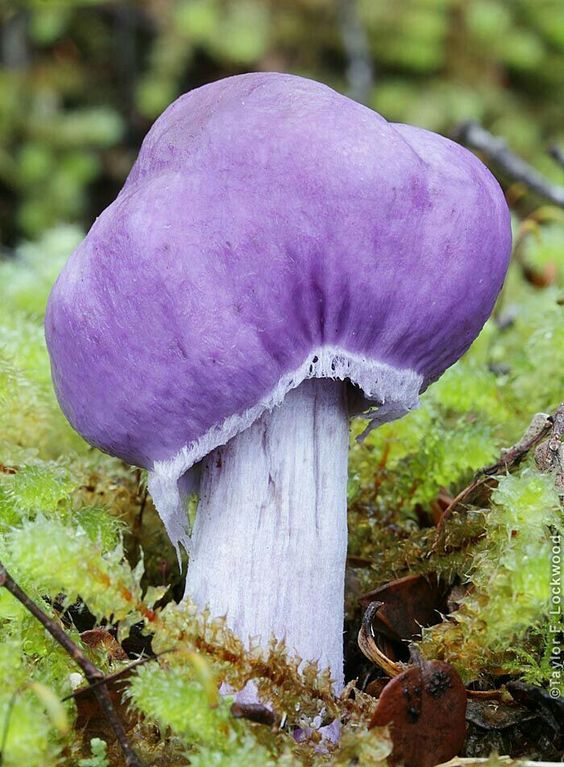
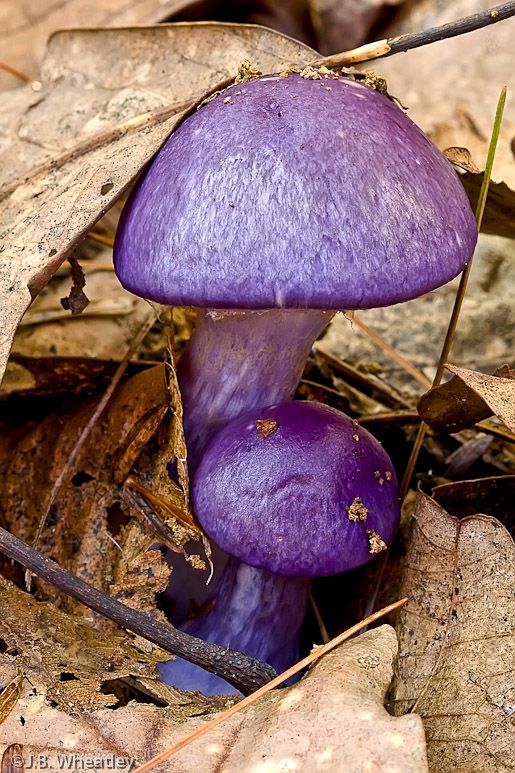
Ecological Roles:
Beyond their captivating appearance, purple mushrooms play crucial roles in the ecosystem. They form symbiotic relationships with trees, aiding in nutrient exchange and contributing to the overall health of the forest. Some species are decomposers, breaking down organic matter and recycling nutrients back into the soil. The ecological dance of purple mushrooms is a testament to their significance in maintaining the balance of nature.
Edibility and Culinary Uses:
While not all purple mushrooms are safe for consumption, some are prized for their culinary qualities. The blewit, for example, boasts a mild, nutty flavor and finds its way into gourmet dishes. However, it is essential for foragers to exercise caution, as the vibrant color of purple mushrooms can be an indicator of potential toxicity in some species.
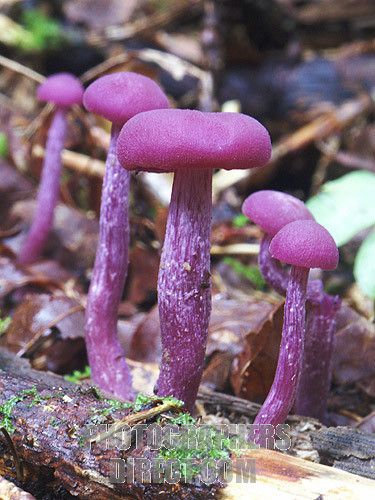
Symbolism and Folklore:
The regal hue of purple mushrooms has not gone unnoticed in folklore and symbolism. In various cultures, purple is often associated with mystery, royalty, and spirituality. Some societies believe that encountering purple mushrooms in the wild brings good fortune or is a sign of magical realms intertwining with the natural world. The symbolism surrounding these fungi adds an extra layer of mystique to their already enchanting presence.
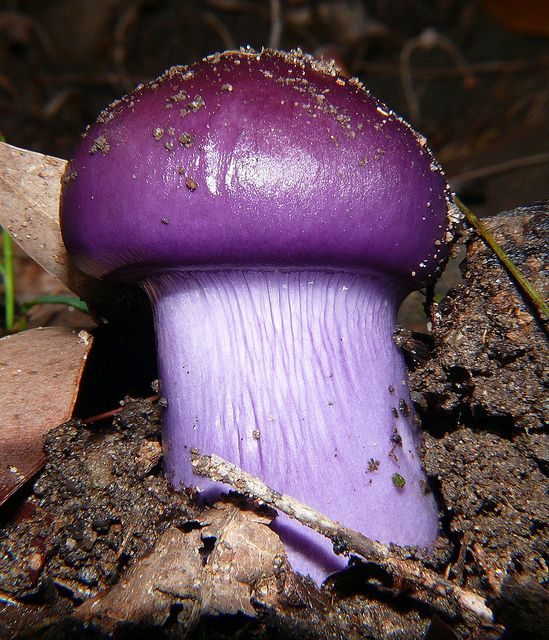
Conservation and Habitat:
Purple mushrooms, like many fungi, face challenges related to habitat loss and environmental changes. Conservation efforts are crucial to ensuring the continued existence of these captivating organisms. Preserving diverse ecosystems and raising awareness about the vital roles fungi play in maintaining ecological balance are essential steps in safeguarding the habitats of purple mushrooms.
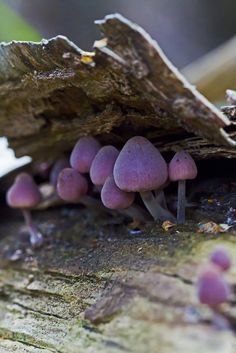
Purple mushrooms, with their captivating color and ecological significance, invite us to explore the enchanting world that unfolds beneath the forest canopy. As we admire their regal presence and learn about their ecological dance, we are reminded of the intricate interconnectedness of nature and the hidden wonders that await those who venture into the realm of fungi.





